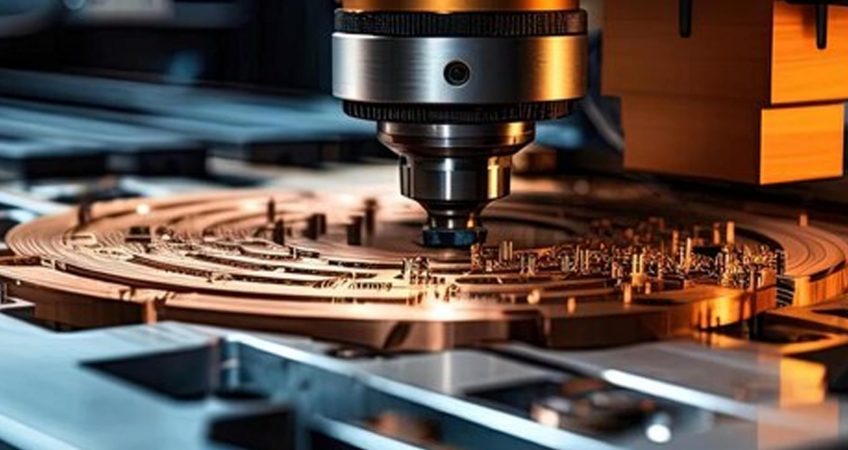In the world of CNC machining, the marriage of Computer-Aided Design (CAD) and Computer-Aided Manufacturing (CAM) software plays a pivotal role in driving efficiency, precision, and innovation. From conceptualization to the final product, CAD/CAM software streamlines the entire manufacturing process, revolutionizing the way we design and produce components. In this comprehensive guide, we delve into the intricacies of CAD/CAM software and its indispensable role in CNC machining.
Understanding CAD and CAM:
Before delving into their role in CNC machining, let’s clarify the distinction between CAD and CAM software. CAD software is primarily used for creating detailed 2D or 3D models of parts or assemblies. It allows designers and engineers to visualize and conceptualize their ideas before they are manufactured. On the other hand, CAM software takes these digital models and translates them into machine-readable instructions, generating toolpaths and controlling the CNC machine to produce the physical part.
Integration of CAD and CAM:
One of the greatest strengths of CAD/CAM software lies in its seamless integration. Design changes made in the CAD environment can be instantly reflected in the CAM environment, ensuring consistency throughout the manufacturing process. This integration streamlines communication between design and manufacturing teams, reducing errors and iterations.
Design Optimization and Simulation:
CAD software enables designers to optimize part designs for manufacturability. Advanced features such as finite element analysis (FEA) and computational fluid dynamics (CFD) simulations allow engineers to assess the performance of their designs under various conditions. By identifying potential issues early in the design phase, CAD software helps minimize costly mistakes and iterations later in the process.
Generating Toolpaths:
Once the design is finalized, CAM software takes over to generate toolpaths that guide the CNC machine’s cutting tools. CAM software considers factors such as tool geometry, material properties, and machining parameters to optimize toolpaths for efficiency and precision. Modern CAM software often incorporates advanced algorithms for high-speed machining, adaptive roughing, and surface finishing, maximizing productivity while maintaining quality.
Optimizing Machining Processes:
CAM software empowers manufacturers to optimize their machining processes for efficiency and cost-effectiveness. Through features like automatic toolpath generation, toolpath optimization, and collision detection, CAM software minimizes CNC machining time and material waste while ensuring the integrity of the final part. Additionally, CAM software facilitates the use of multi-axis machining strategies, allowing for complex geometries and intricate designs to be realized with precision.
Post-Processing and Machine Simulation:
After generating toolpaths, CAM software performs post-processing to convert them into machine-specific code (G-code) that the CNC machine can understand. Furthermore, CAM software often includes machine simulation capabilities, allowing operators to visualize the machining process and detect any potential collisions or errors before they occur on the shop floor. This virtual validation minimizes downtime and safeguards both equipment and personnel.
Continuous Improvement and Innovation:
The evolution of CAD/CAM software is synonymous with the advancement of CNC machining itself. As technology continues to progress, CAD/CAM software providers are constantly innovating to meet the demands of modern manufacturing. Features such as cloud-based collaboration, additive manufacturing support, and artificial intelligence-driven optimization are reshaping the landscape of CNC machining, pushing the boundaries of what is possible.
CAD/CAM software serves as the backbone of CNC machining services, empowering manufacturers to design, simulate, and produce complex parts with unprecedented efficiency and precision. By integrating CAD and CAM functionalities into a unified platform, manufacturers can streamline their workflows, minimize errors, and unlock new opportunities for innovation. As technology continues to evolve, CAD/CAM software will remain at the forefront of the CNC machining industry, driving progress and shaping the future of manufacturing.

